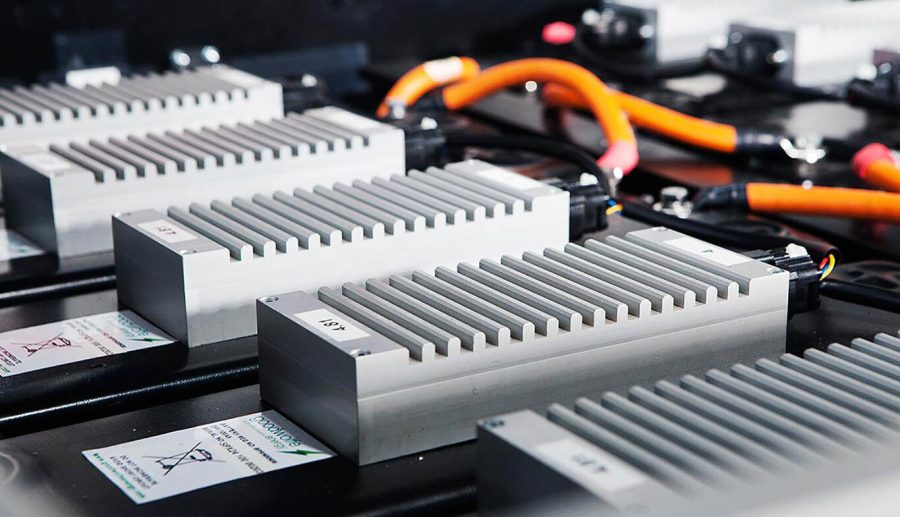Since 2020, there has been a generalised crisis in sourcing supplies for vehicle manufacturing, but electric vehicles are the most affected.
«The transition to electric vehicles will put pressure on supply chains, because it is a transformation that has to be made on the basis of high demand,» explains Nils Pieter Poel, Deputy Head of Market Affairs at the Association of European Automotive Supplies.
One of the main factors that make the electric vehicle the most vulnerable in the crisis is that it needs approximately 200 kg of minerals, while a conventional vehicle needs 40 kg.
The levels of manganese, nickel or copper are necessarily higher. In addition, it requires lithium, a material that is still under-exploited in the world and requires refining processes of very high standards.
Approximately 300,000 parts are required to manufacture an electric vehicle, and if just one part is missing, the production line grinds to a halt.
«If this situation continues in the industry, the market forecast is that by 2027 we would return to the levels we had in 2019,» says Poel.
Despite the negative outlook, the head of Market Affairs stresses that the industry continues to invest heavily in electric mobility, so the transition is still on track.
«We are all dependent on each other and I think it is a major risk that one part of the supply chain does not have the capacity to make the investments that are needed to support the production of the volumes that are needed,» says Poel.
Semiconductors, the challenge
Another factor is semiconductors and the huge shortage that started after the pandemic. They stopped being made because of low demand in the midst of the isolation and then there was a boom in demand.
This did become a major drawback for the electric vehicle, as it carries up to three times more microchips than a combustion vehicle.
«Here we see a significant improvement. There is better availability, partly probably also companies are understanding better how to cope with the situation,» the executive explains at CLEPA.
Now the inventories of semiconductor companies have increased, but that does not mean that the crisis is completely over.
For CLEPA, the situation could be resolved by 2025, so there is still time for production times to be regularised.
Other industry sources have told this newspaper that the crisis will be resolved by mid-2023, which is much earlier. This is because demand for electric vehicles is not yet that high at present.
Delivery times are extended by five months, when in normality it is four months. But, they clarified that the crisis for the other vehicle types will continue until the date indicated by the European association.
A third factor mentioned by Poel is China and Russia’s invasion of Ukraine. «It affects the availability of raw materials, which in part is also the consequence of the first pandemic and the huge fluctuations in demand».
On the part of the Asian country, several temporary closures of factories producing different supplies have been seen throughout 2022 due to pandemic-related issues.




















